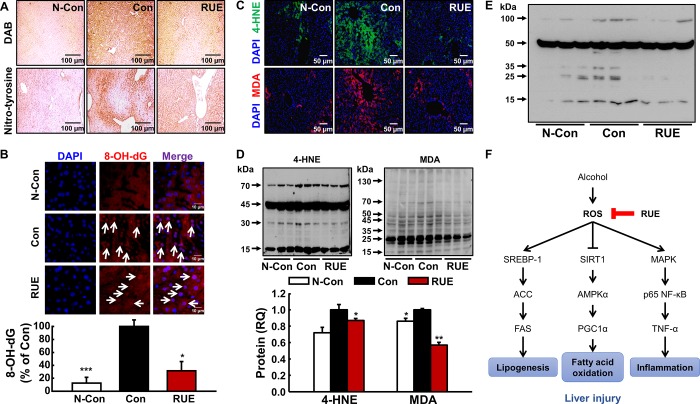Fig 4. RUE attenuates alcohol-induced oxidative damages through its antioxidant activity and proposed molecular pathway in liver.
(A) Representative images of 3,3’-diaminobenzidine (DAB) and nitro-tyrosine in the liver tissue (40× magnification). DAB and nitro-tyrosine were used to measure the level of reactive oxygen species (ROS) and reactive nitrogen species, respectively; (B) Representative images of DNA damages measured by Avidin-TRITC staining in the liver tissue (250× magnification). Avidin-TRITC-stained nucleus can be recognized as 8-OH-dG and nucleus were stained with 4’,6-diamino-2-phenylindole (DAPI). Histograms represent the quantification of avidin stained nucleus over the total number of nucleus. Data are presented as the mean ± SEM. (*P < 0.05; ***P<0.001 vs. control); (C, D) Representative images of immunohistochemical and immunoblot analyses of lipid peroxidation adducts, 4-hydroxynonenal (4-HNE) and malondialdehyde (MDA) (40× magnification). A graph depicting the quantification of the relative abundance of the genes is shown. Data are presented as the mean ± SEM. (*P < 0.05; **P<0.01 vs. control); (E) Immunoblot analysis of glutathione disulfide (GSSG); (F) Proposed molecular pathways for the preventive effect of RUE against alcohol-induced liver injury through ROS scavenging.

